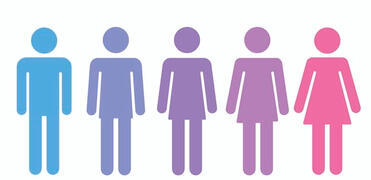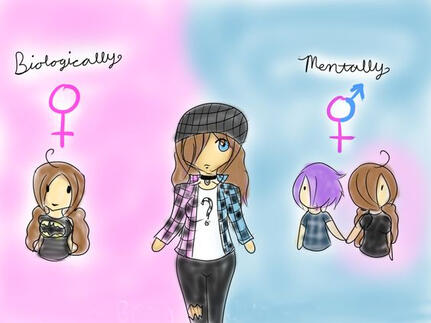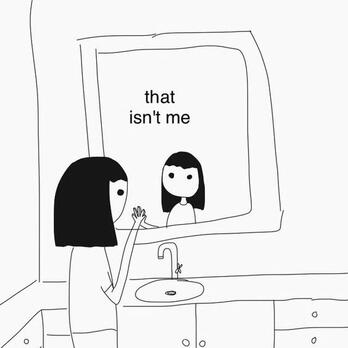Gender Dysphoria
| the feeling of discomfort or distress that might occur in people whose gender identity differs from their sex assigned at birth or sex-related physical characteristics |

Made by a nonbinary lesbian :)
About it
- It is estimated that one in 30,000 male births and one in 100,000 female births are diagnosed with gender dysphoria
- It was not until 1980 that the diagnosis "transexualism" first appeared in the DSM–III
- There may be periods where gender dysphoria is no longer present or a recurrence of gender dysphoria
Causes
- Gender dysphoria does not have a direct cause, it develops and progresses differently for everyone
- Gender dysphoria may start in childhood and be present through adolescence and adulthood

Symptoms
- A strong desire to get rid of certain assigned gender at birth characteristics
- Wanting characteristics of the opposite sex
- Wanting to be the other gender or different from assigned gender
- Wanting to be treated as the other gender or different from assigned gender
- Believing that you have typical feelings of the other gender or different from assigned gender
- Significant distress or impairment in social, occupational or other areas of functioning
- Disliking appearance in pictures and mirrors
- Feeling comfortable only when you're in the gender role of your preferred gender identity
